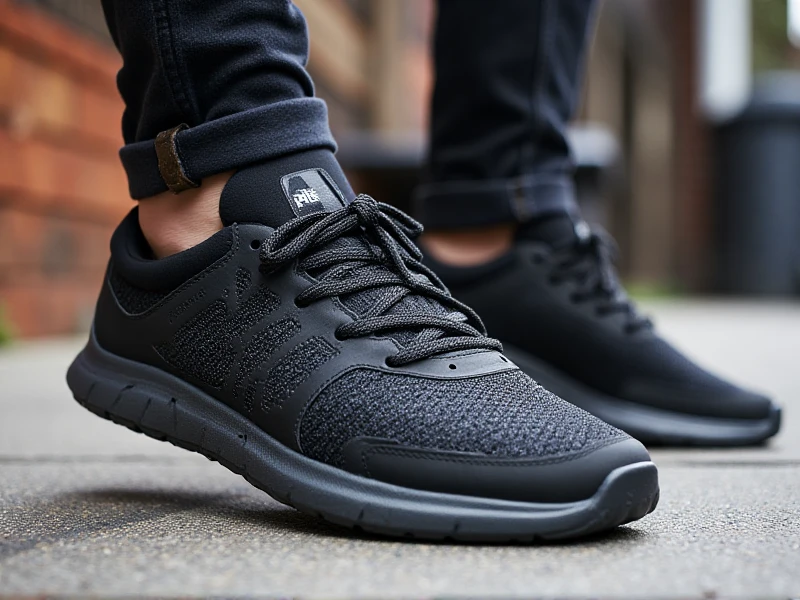Your Guide to Picking the Perfect Pair of Men's Running Shoes
2025-06-08

Choosing the right men's running shoes isn't just about style; it's about performance, comfort, and preventing injuries. As an avid runner myself, I've learned that investing in quality footwear transforms every stride. Whether you're training for a 5K or hitting long distances, proper men's running shoes provide the support and cushioning your feet crave. In this guide, I'll walk you through the essential factors, top features, and my recommendations to help you make an informed choice. After all, the wrong pair can lead to aches, blisters, or even shin splints. So, let's dive in and find your ideal match.
First, consider why men's running shoes matter so much. Unlike casual sneakers, they're engineered for impact absorption and stability. When you're pounding the pavement, shock from each landing travels up your legs, potentially causing joint stress. Good running shoes with responsive midsoles—using tech like foam or gel—absorb that energy, letting you run longer and faster. Plus, they adapt to your gait; for instance, if you overpronate (roll inward when stepping), stability models add extra arch support to keep you aligned. I've seen runners go from struggling to setting personal bests just by swapping to the right pair. And don't forget weight: lightweight men's running shoes boost speed, while heavier ones offer durability for tough terrain. Aim for a balance that suits your routine.
Next, let's break down the key features you should prioritize. Start with cushioning—it's vital for reducing fatigue. Shoes like the Brooks Ghost series use DNA LOFT foam, which gives a soft yet bouncy feel, perfect for everyday runs. For added motion control, look into Nike's React line; their foam adapts to your stride, preventing instability. Upper materials matter too: breathable mesh keeps feet cool and dry, reducing sweat and blisters. I often recommend Adidas Ultraboost for this—their knit uppers are comfy and durable. Also, check the outsole; rubber treads provide grip on wet or uneven surfaces, essential for trail runners. When trying on men's running shoes, test them indoors first—walk around to ensure a snug, heel-locking fit without pinching. Remember, sizes vary by brand, so consult sizing charts online.
Your running style should guide your selection. If you're a weekend jogger focusing on shorter distances, opt for neutral shoes with moderate cushioning. Models like New Balance Fresh Foam offer great all-around comfort. For long-distance enthusiasts, maximally cushioned options like Hoka One One Clifton provide plush support that eases fatigue over miles. Trail runners need rugged men's running shoes with aggressive lugs; consider Saucony Peregrine for superior grip on dirt paths. Lastly, analyze your foot type: flat or low arches benefit from stability shoes (e.g., ASICS Gel-Kayano), while high-arched runners might prefer neutral flexibility (e.g., On Cloud). Don't skimp on trying before buying—many brands offer virtual fitting tools or in-store tests. I always advise breaking shoes in slowly to avoid discomfort. Once you find your fit, you'll notice smoother runs and fewer aches.
To wrap up, finding the perfect men's running shoes simplifies your training and elevates your passion. Experiment with brands like Brooks, Adidas, or New Balance to see what works for you. Soon, you'll enjoy every mile and chase new goals with confidence. If you're ready to explore, visit our site for deals and expert reviews—your ideal pair is just a click away.
Word count: 623
Category: